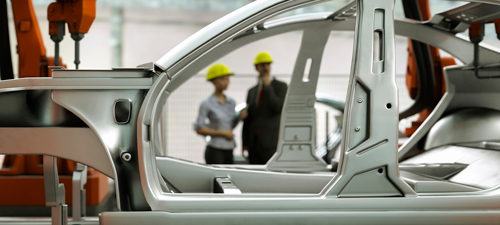3D PRINTED PROTOTYPES
3D printing has long been used to create prototypes that can test out product designs to ensure the fit and function of new parts, but recently it’s been gaining steam as an effective tool for creating injection molds as well.
3D PRINTED INJECTION MOLDS
What is there to be gained by using 3D printing to create injection molds rather than traditional CNC machined versions? Cost, for starters. An injection mold is often the most costly element of any new manufactured product. Add impressive lead times in the form of weeks if not months to that cost, and the value of fast, affordable 3D printed molds starts to become clear.
In the past, aluminum molds have often been employed as a sort of gap measure, to provide additional testing using the actual materials that will be used in finished parts. While these molds typically run at a fraction of the cost of their steel counterparts, they still run a few thousand dollars and require several weeks to produce. 3d printed molds, on the other hand, can be created and put to good use testing various injection molding materials in a matter of days at very little cost.
In addition, any retooling that needs to happen can happen quickly and easily prior to the creation of a final steel mold. Retooling once the steel mold has been created is one of the biggest stumbling blocks of a new project–one that’s to be avoided at all costs. With 3D injection molds, design and tool improvements can be made and proven out quickly.
In short, 3D injection molds can be a great asset for projects that require lower-volume production or enhanced customization. As 3D printing technology continues to improve, these new molds will offer even greater design flexibility and cost efficient tooling options.
Have questions about injection mold design or 3D printing? Contact KASO today to learn more.








 Molding services for Agricultural customers
Molding services for Agricultural customers